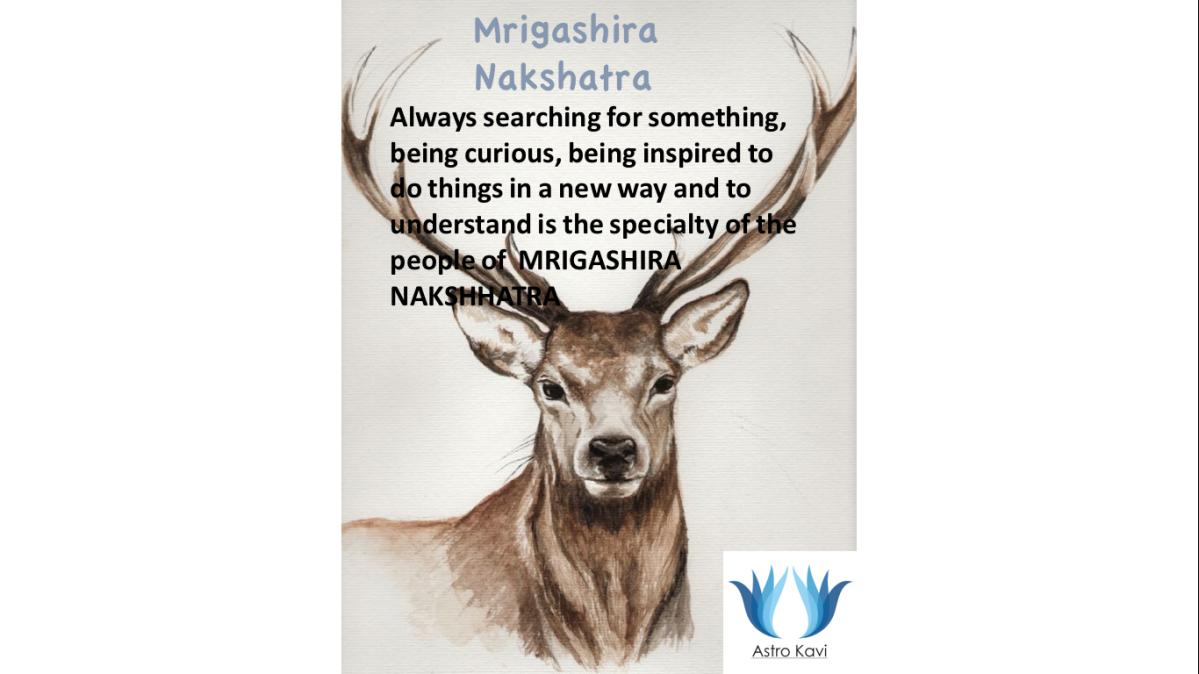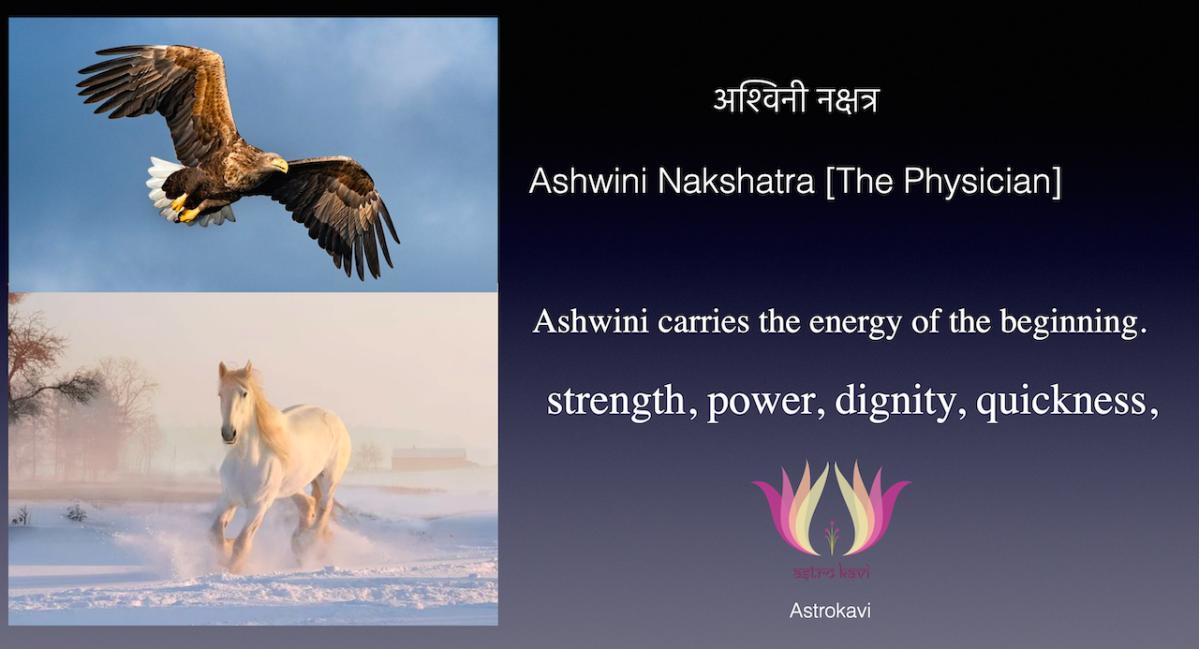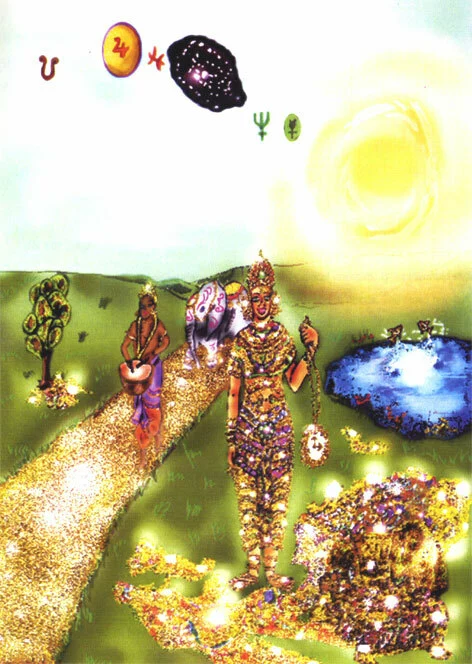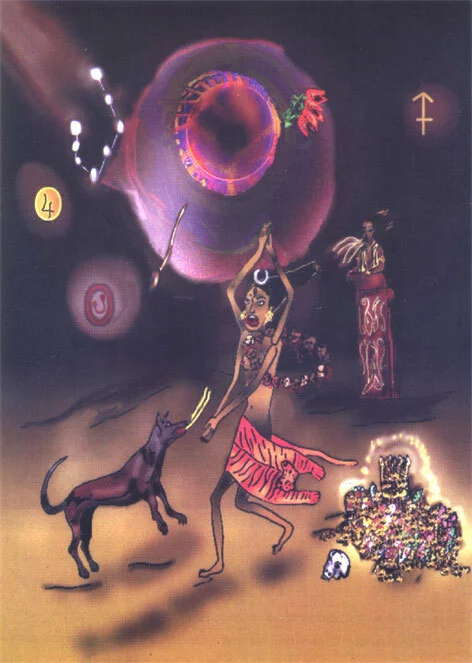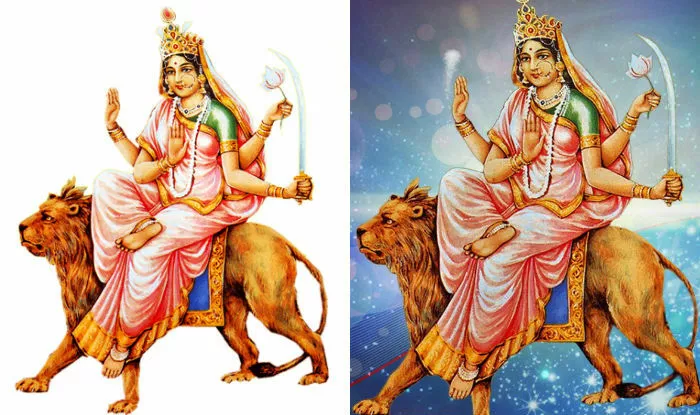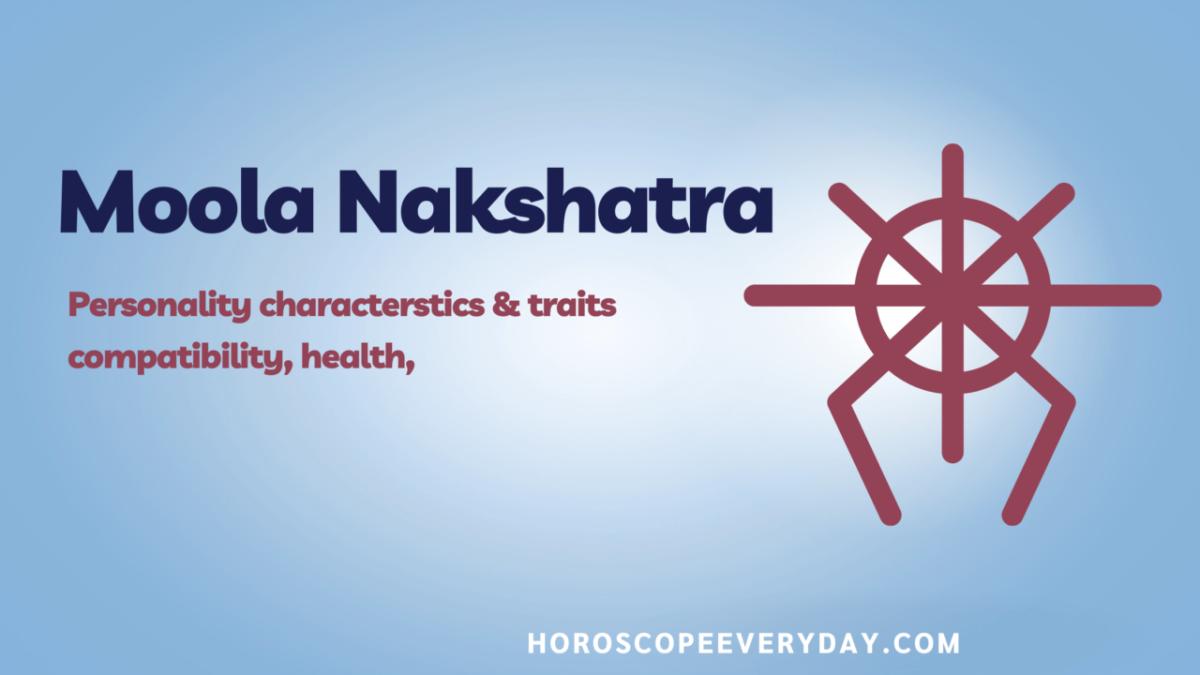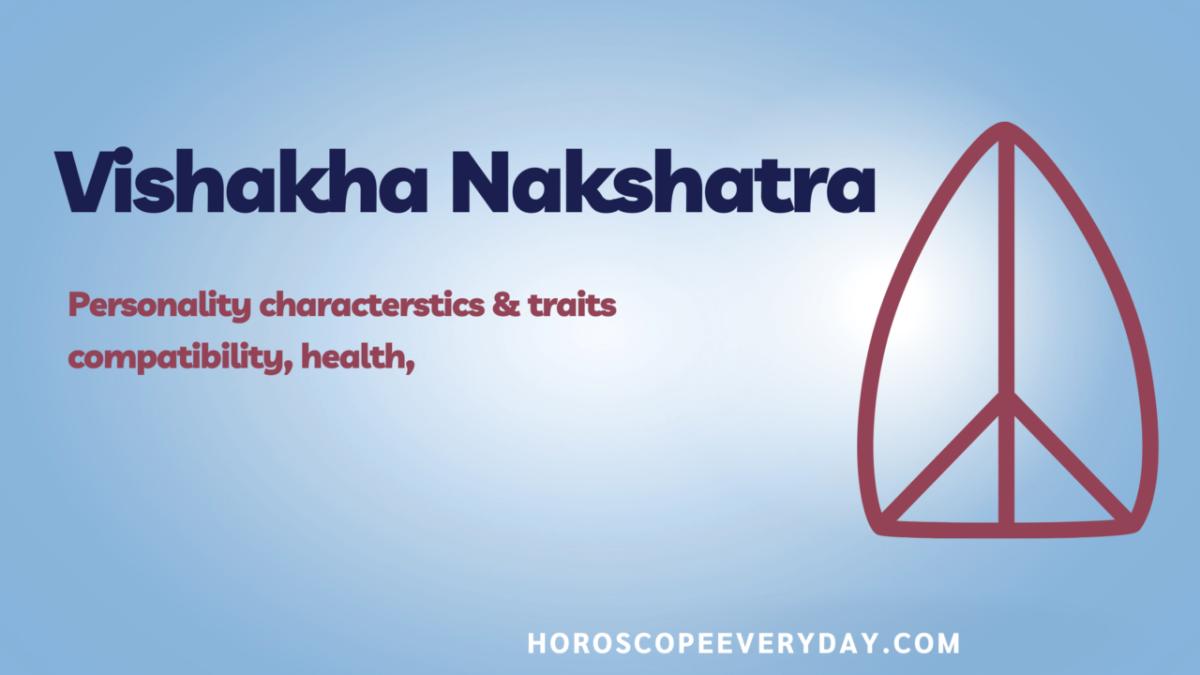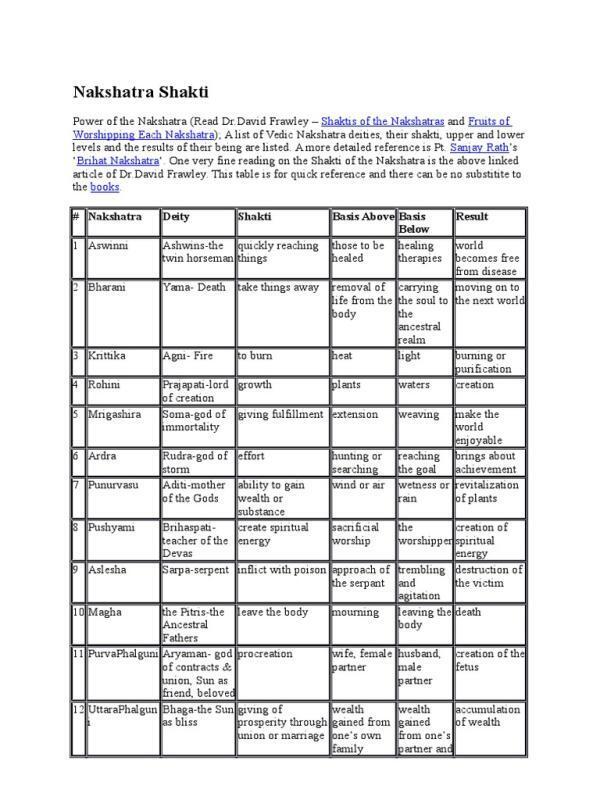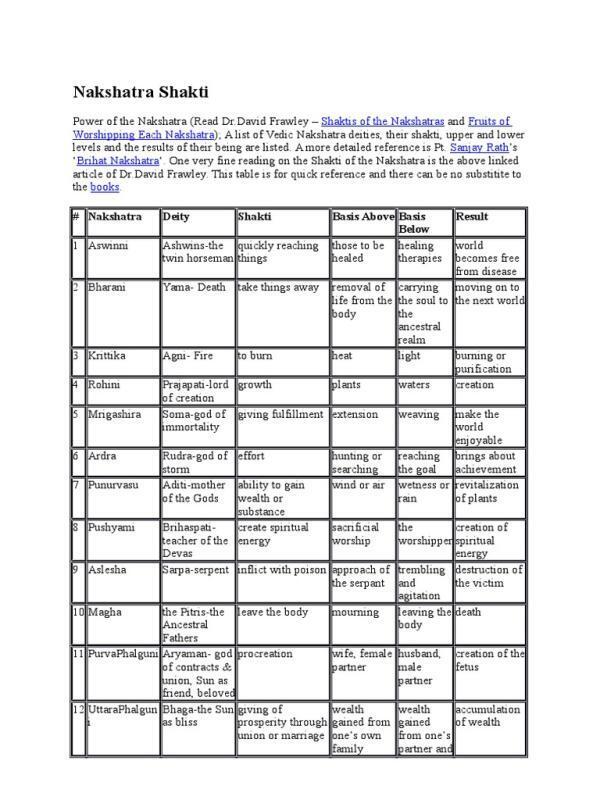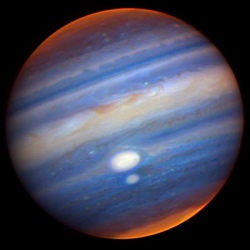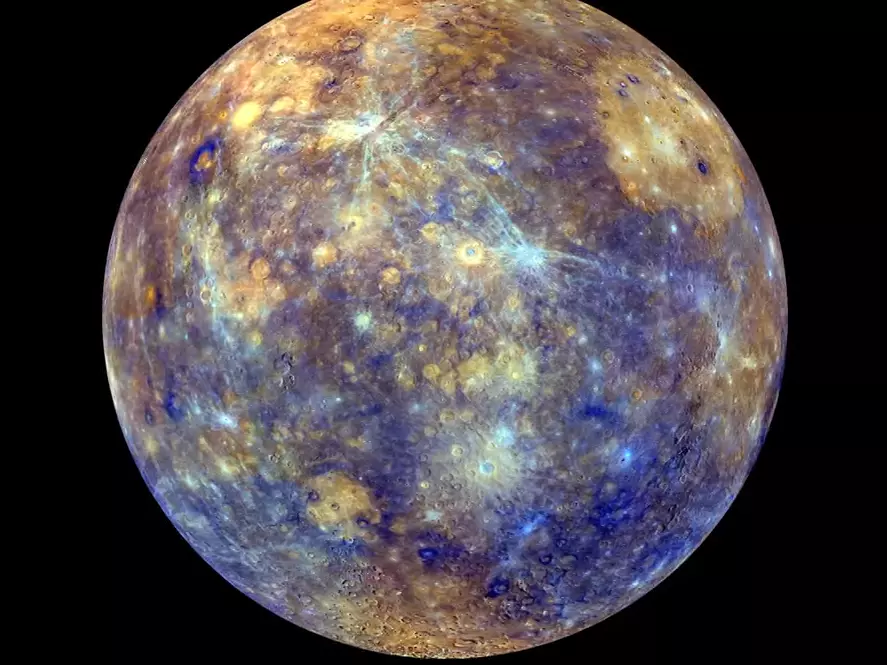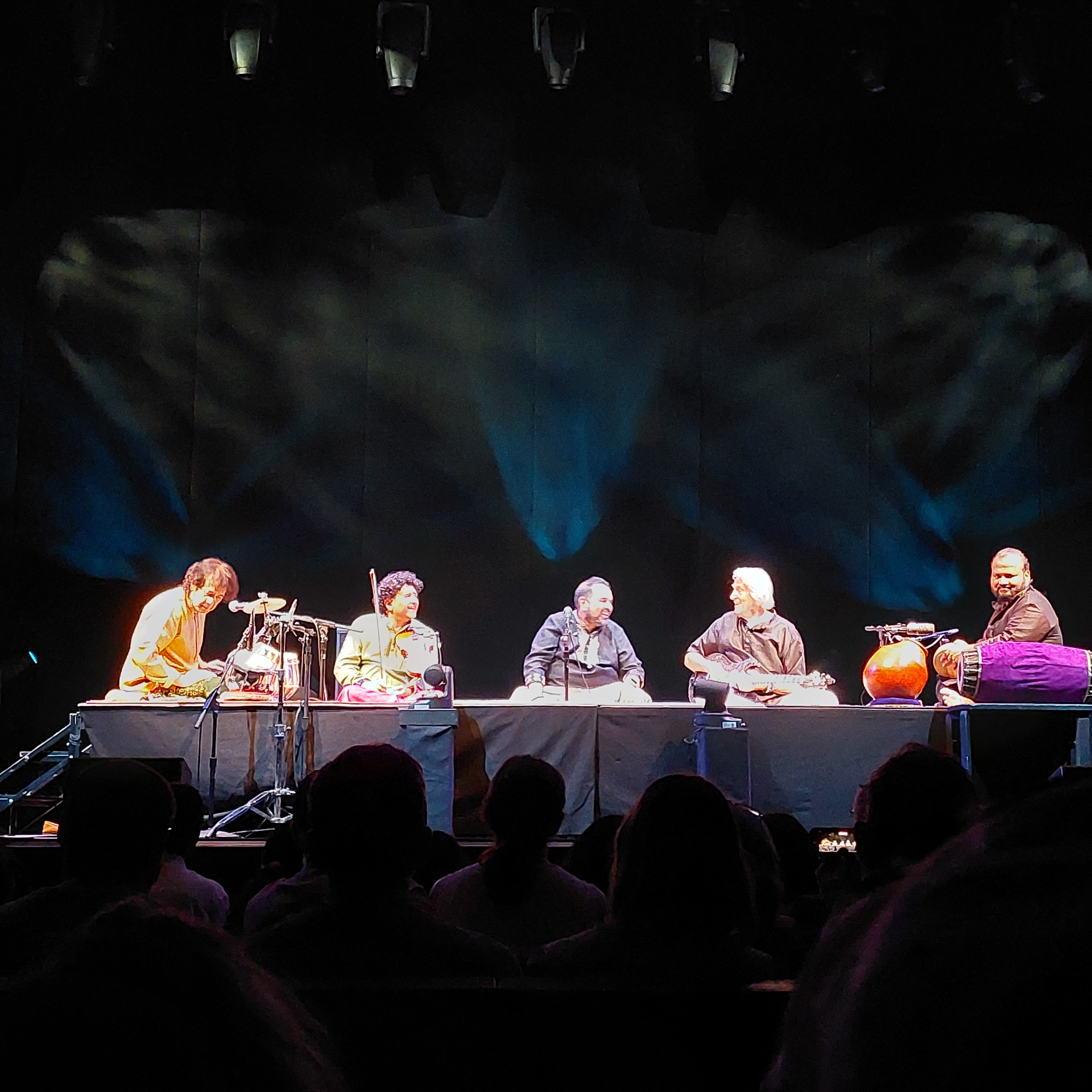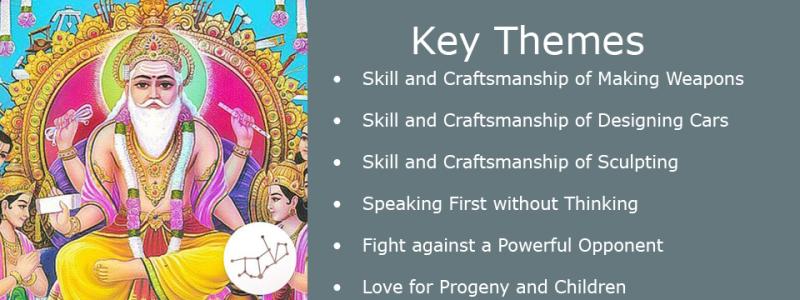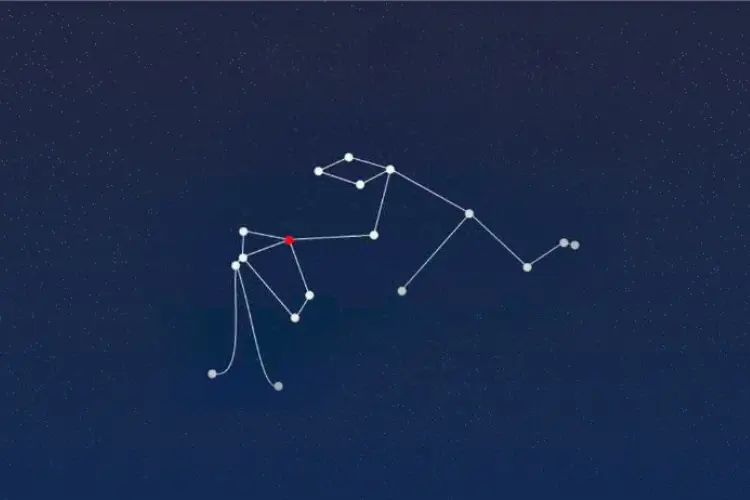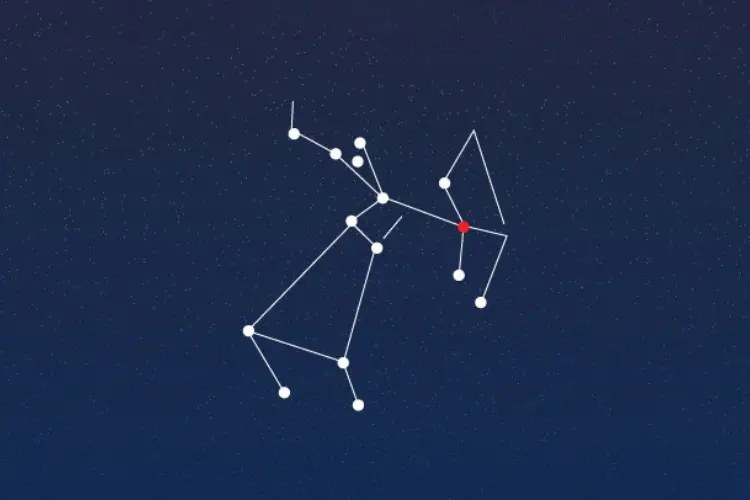

The purest first drop of rain will correctly define Swati #Nakshatra. Also, the fifteenth constellation of the zodiac means ‘ #sword’. As the name suggests, the natives of Swati Nakshatra will be impressed with brilliance and talent. Swati has excellent communication skills and is incomparable to expressing their thoughts freely. These will add to the charm of the native, and the native will use it to experience the world. Also, strongly believe in social etiquette. The native’s trials to best fit into society will continue throughout his/her life. Due to the positive attitude and confidence of the native, the native will remain unmoved in the changing times. Regardless of the situation the native is dealing with, doing the right thing will always be their motto. The ruling planet Rahu will indicate the hidden potential of the native.
Our #birth nakshatra and Lagna nakshatra are the roadmaps of our lives; it indicate our nature, the direction of our lives, and our preferences. It improves our development if we understand the quality of your birth constellation and apply it to our life
This Nakshatra is owned by Lord #Vayu and is also influenced by #Rahu. As a result, both of them leave their influence on the constellation and give it qualities like independence, spontaneity, complete freedom, and restless behavior.
Individuals are generally characterized by self-confidence and the immense knowledge that they possess.
characteristics of behavior
They are quite sociable by nature, but due to the influence of air, one of those distinguishing behavioural characteristics is a steadfast attitude. Natives are very helpful and proactive in assisting anyone who needs it, as long as it does not interfere with their independence. They dislike criticism, either of their work or of criticism in general. Another easily observable behavioural trait is not being overly influenced by a person’s status or social position and giving them limited respect.
positive signs
Referring to the positive traits of the individuals of this Nakshatra, they are very knowledgeable and witty, have high self-esteem and have a strong liking for working in freedom. They are God-fearing and religious people and helpful and truthful in nature, which defines some of the other positive traits found in these people.
negative signs and symptoms
Although they have many positive traits, their strong independence-centeredness draws some of the negative traits that are common in these people. They are frequently found to be obstinate and adamant. They refuse to listen to some coworkers if they believe their independence has been compromised in any way. This can create chaos in both work and personal life. Other common negative symptoms include agitation and uncertainty in decision-making. They may not be well-liked in society as a result of these characteristics.
Favourable: Business, Trade, Socializing, Buying/Selling, Art and Science, Diplomacy, Grooming of Oneself, Business and Trade Agreements,
Unfavourable: Travel, Confrontation, Fierce or Aggressive Behaviour
Symbol: A Single Blade of Grass waving in the Wind (reflecting the Independent )
Deity: Vayu (God of Wind and Prana or Life-breath)
Body Part: The Intestines, Chest
Guna (Quality): Tamas
Gana: Deva (Divine)
Purushartha (Goal): #Artha (Wealth or Material Pursuits)
Tridosha: #Kapha
Nature: #Chara
Varna (Caste): Butcher
Gotra (Clan): Marichi Direction: North
Element: Agni (Fire)
Direction: North
#Shakti (Power): Pradhvamsa Shakti ( Scatter like the Wind or Transform”)
Result of Shakti, Basis, & Desire: Transformation
TriMurthi : Shiva
Yoni (Gender): #Male
Animal : #Buffalo
Bird: #Bee-eater Bird, #Pigeon
Sounds: Ru, Ray, Raa, Tha
Tree/ Plant: #Arjun
Colour: #Black
Swati Nakshatra compatibility and incompatibility
These people normally do not enjoy a pleased married life and thus need to choose their partner carefully. They are compatible with constellations like Punarvasu, Chitra and Hasta, while the incompatible constellations are Rohini and Bharani.
https://astrokavi.com/2022/02/15/swati-nakshatra-believe-in-social-etiquette/


